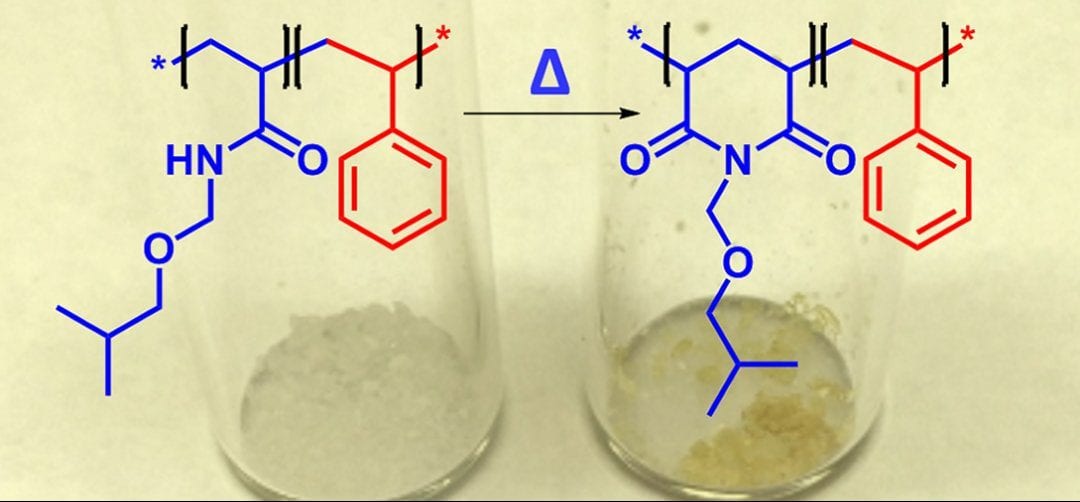
Title: How Boron Chemistry Affects pH in Lithium-Rich Brines: Consequences for Lithium Extraction and Waste Water Management
Lithium plays a central role in the global shift towards sustainable energy, powering batteries for electric vehicles (EVs), renewable energy storage solutions, and a wide variety of portable devices. However, obtaining this vital mineral, especially from salt flats or “salars” in South America and Asia, comes with both technical and ecological hurdles. A recent investigation spearheaded by researchers at Duke University in North Carolina offers fresh insights into the complex chemistry of these lithium-rich brines—particularly the essential function of boron in pH control. This revelation is transforming scientists’ comprehension of the geochemical mechanisms that drive lithium concentration in natural brine reserves and carries significant consequences for the future of eco-friendly lithium extraction.
Comprehending Lithium Brines
Roughly 40% of global lithium production comes from extensive, high-altitude salt flats like Bolivia’s Salar de Uyuni in the Andes and areas of the Tibetan Plateau. Beneath the sun-baked exterior of these salars is a concentrated, mineral-laden mixture of saline groundwater—known as brine—imbued with dissolved lithium, sodium, potassium, magnesium, and boron. To obtain lithium, these brines are siphoned into shallow evaporation ponds, where water loss through evaporation intensifies the salts until lithium can be extracted through chemical methods.
Prior to this, there had been limited examination of the intricate chemistry within these brines, particularly regarding pH management, which determines the solubility and reactivity of several chemical species during the extraction phase.
Boron’s Unexpected Role as a pH Regulator
Commonly, in marine and saline environments, boron behavior is perceived to be affected by the pH of the solution. In other words, boron speciation—the form in which boron is present in water, whether as boric acid (H₃BO₃) or borate ions (e.g., B(OH)₄⁻)—is thought to react to pH fluctuations. Nonetheless, the investigative team at Duke University, guided by environmental quality expert Professor Avner Vengosh, has discovered a surprising inversion of this dynamic within high-concentration lithium brines: it is the boron concentration and its chemical transitions that directly affect the pH.
By examining both natural and processed brine samples from the Salar de Uyuni, the researchers found that while natural brines show nearly neutral pH levels (around 7), brines sourced from active evaporation ponds were significantly acidic. The reason? Boron.
As water evaporates, the concentrations of salts—including boron compounds—rise, alongside a shift in boron speciation. Notably, boric acid can dissociate to release hydrogen ions (H⁺) into the water, consequently lowering the pH. This process of acidification contradicts traditional chemical doctrines and emphasizes boron as a key factor in influencing brine chemistry, especially during the evaporation stage critical for lithium extraction.
Consequences for Lithium Extraction and Environmental Preservation
The pH of brine solutions extends beyond a mere numerical value—it governs mineral solubility, the precipitation of crucial compounds, and the effectiveness of lithium recovery. A trend towards increased acidity can, for example, alter how lithium interacts with other elements or its attachment to specific extraction agents. Therefore, recognizing that boron—not merely carbonate or bicarbonate ions—serves as a crucial agent in pH management could facilitate improved design and enhancement of extraction procedures.
Moreover, these findings pose environmental risks. After lithium extraction, leftover brines with modified pH and elevated chemical contents are often sequestered in ponds. If not properly contained, these acidic, boron-laden brines may seep into adjacent environments and water sources, endangering ecosystems.
By acknowledging boron’s influential role, more accurate predictive models for brine transformation can be established, supporting the development of protective measures and treatment options for post-extraction waste materials.
Future Prospects: Enhancing Brine Chemistry and Sustainability
As the demand for lithium escalates globally, optimizing extraction efficiency while reducing environmental repercussions is crucial. The Duke research team is currently investigating the intricate geochemical dynamics that accumulate lithium in salars. Their objective is to dissect the mineralogical and hydrological factors that concentrate lithium and its accompanying elements like boron in these dry, elevated regions.
This newfound knowledge of brine chemistry may also lead to breakthroughs in direct lithium extraction (DLE) methods, which seek to retrieve lithium more effectively without extensive evaporation—an encouraging approach to minimize land usage and water consumption in lithium mining.
Conclusion
The revolutionary revelation that boron regulates pH in lithium-rich brines challenges established chemical concepts and opens fresh pathways for refining lithium extraction and safeguarding delicate salt flat ecosystems. As the global pursuit for essential minerals for the clean energy transition intensifies, interdisciplinary research of this nature highlights the necessity for profound geochemical understanding in developing the